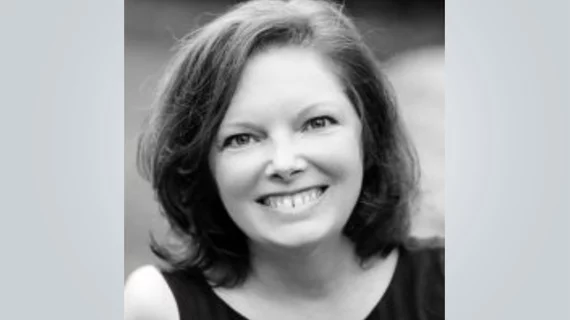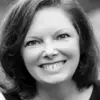Do you remember where you were when you heard that Dr. Alain Cribier had performed the first human TAVR in 2002? Were you sitting on the edge of your seat at TCT 2010 when the results of PARTNER cohort B were presented? Or in 2011, when the FDA approved TAVR as an alternative to SAVR for patients at extreme surgical risk? What about last year at TCT 2018—did you join the applause when the first COAPT results slide appeared on the big screen?
Maybe you don’t remember any of these moments specifically. Revolutions—dramatic and wide-reaching changes in the way something works, is organized or how we think about it—can sneak up on us. Most of us ponder the beginnings of change while gazing into the rear-view mirror. Whether you were present for the landmark moments or read the headlines, you’ve seen the impact of structural heart therapies on your patients. Lives extended, options expanded, recoveries shortened, quality of life improved.
Have you also seen the impacts on your practice? Your workforce and workflows? Your department’s bottom line? In this magazine’s special update, we examine the effects of minimally invasive structural heart procedures on cardiac surgery and consider the implications of the “crossroads of a paradigm shift” described by Michael Mack, MD, and coauthors in a recent Journal of Thoracic and Cardiovascular Surgery expert opinion. “The ‘aha moment’ for our specialty is here;” they wrote, “it is the critical time for us to decide what our specialty will look like in the future” (2019;157[6]:2369-76).
Still, what we’re witnessing may be less revolution than evolution—“just one more step in a minimally invasive process that’s been going on for 40 years with the introduction of coronary angioplasty,” Dr. Zoltan Turi told CVB.
Revolution, evolution … the label’s not as important as the impacts, how we adapt to them, what we learn from them. As you read this issue, I hope you’ll take a moment to savor the satisfaction that comes with being part of a big change that is helping many people. And then hurry up and check out our feature here. Some say deep learning just might revolutionize arrhythmia diagnosis. Are you ready?

